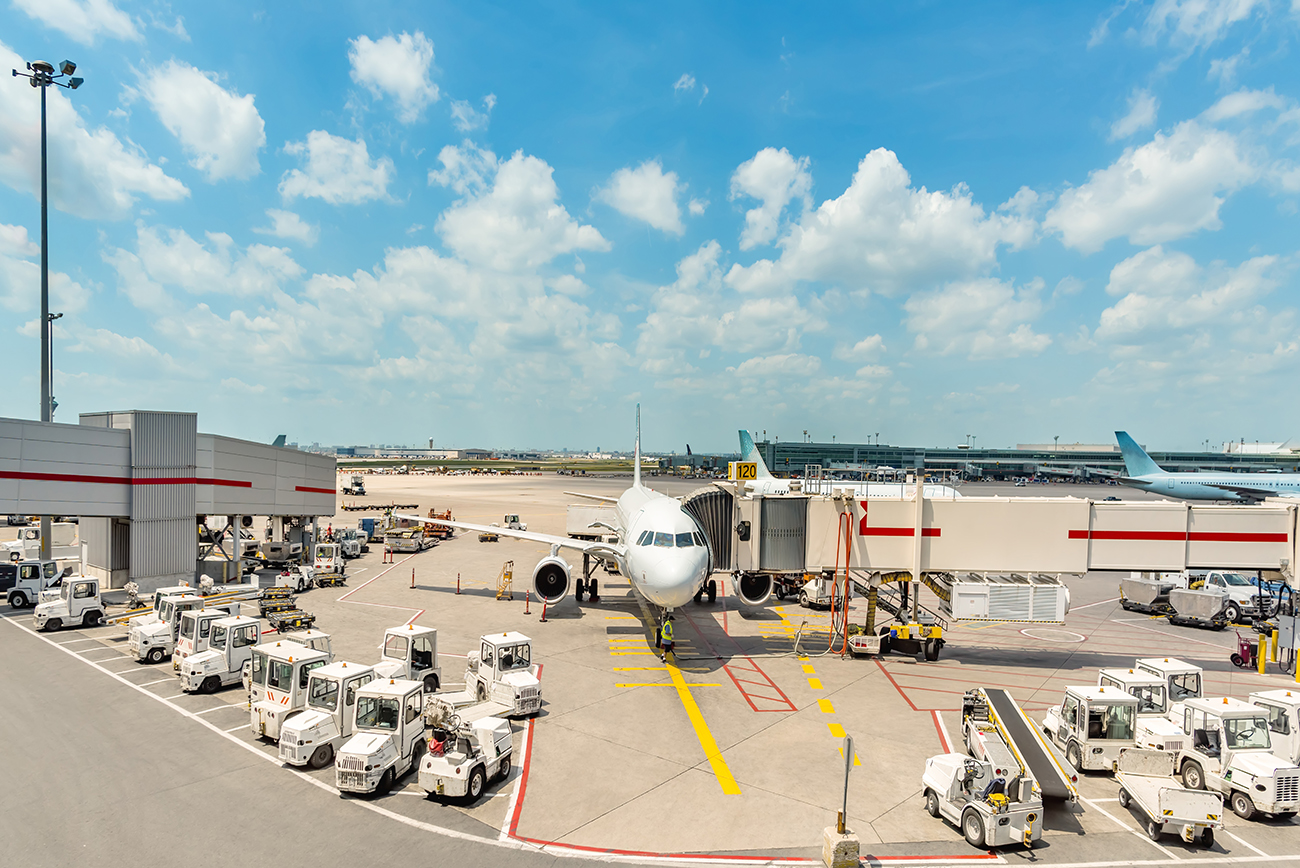A major GSE fire can destroy an aircraft and put passengers and crew at risk. Even a minor fire can result in weeks of downtime, disrupting day to day operations. Firetrace systems automatically suppress fires in seconds, without any intervention from ground support personnel.
Providing ground support for airlines is no easy task. Ground support equipment fleets feature many vehicles with large and complex engine bays and hydraulic systems. These vehicles are pushed to their limits to deliver operational excellence. Firetrace works together with Fleet Managers and Maintenance Managers to pinpoint specific fire hazards and create customized solutions across the whole fleet.

These powerful vehicles tow the aircraft. The tug sits directly beneath the cockpit of the airplane and a fire in the engine of a towbarless tug could seriously damage the aircraft. The hydraulic system also poses a fire risk if hot engine components were to be sprayed with flammable hydraulic fluid in the event of a system failure.
Loaders use complex hydraulic systems requiring highly flammable fluids. Any failure in the hydraulic lines creates a fire hazard. In the event of a fire, employees would be forced to jump from heights up to 18 feet or crawl through smoke and fire to get to safety.
These units play a critical role in supporting the aircraft. However, they are susceptible to electrical, hydraulic, and engine fires. Because they are left running unattended and the proximity to the aircraft make them a fire risk.
Belt loaders use heavy-duty hydraulic systems to raise and lower the conveyor, which comes into direct contact with the airplane. Belt loader fires are especially dangerous because of the contact with the aircraft and employees could be trapped inside the cargo hold with no escape route.
The trucks interface directly with the aircraft and contain large engines and hydraulic systems to raise up thousands of pounds. Employees are suspended over 10 feet in the air when transferring catering materials to an airplane. If a fire starts in this type of equipment, it can leave them stranded with no egress route.
Deicers have numerous fire risks, including but not limited to superheated boilers, flammable deicing fluids, hydraulics, and a fuel-based engine. These trucks also have an operator suspended in the air, trapping them if a fire were to occur.
Baggage and cargo tractors are one of the most common and used pieces of GSE. If the equipment is damaged by fire, the downtime cost is considerable with repair costs to rental equipment fees.
Fuel truck manufacturers account for many fire risk factors in their design, but fires can still occur in the engine of the truck. During fueling operations, the fire hazard increases for this equipment.
Passenger stair trucks use engines and hydraulic system to operate. If any hydraulic or fuel line leaks, it can spray flammable liquid onto a hot surface and ignite. This could leave passengers stranded on top.
Ready to Learn More? Choose Your Application.